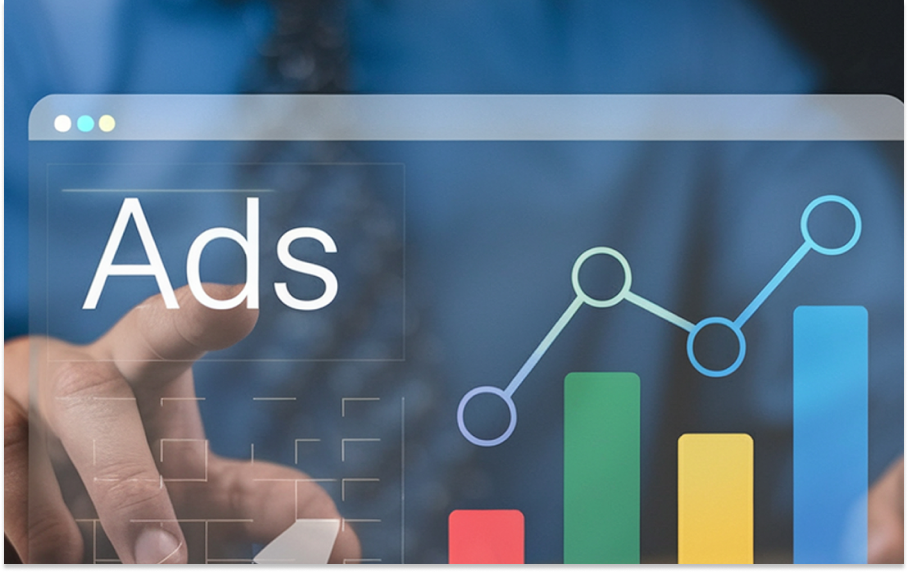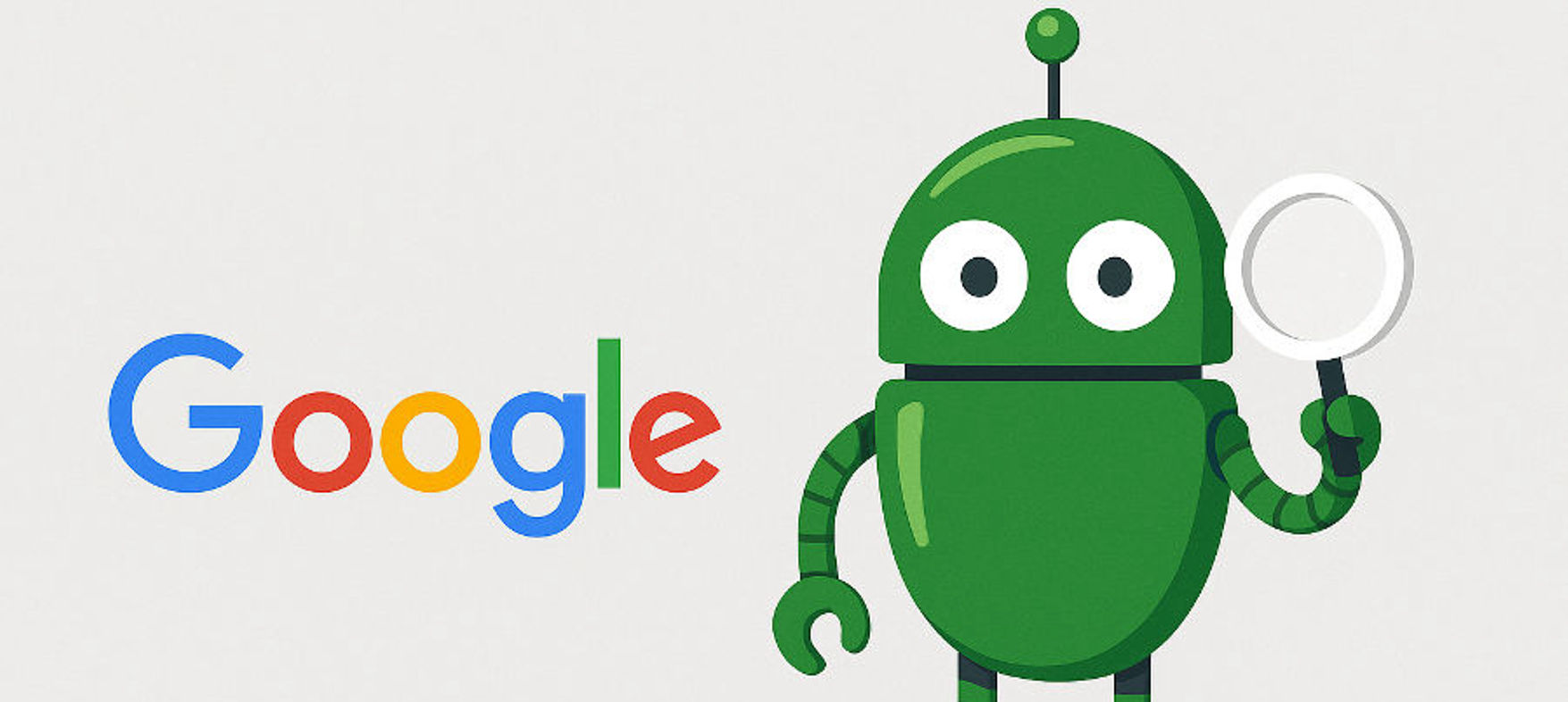

You will often come across the word ‘Googlebot’ if you are worried about SEO for your website. The crawling process by Googlebots is vital for indexing your web pages on the search engine. High-quality SEO will enhance your rankings, but technical SEO, especially Googlebot optimisation, is a deeper concept. Optimising your website for Googlebot is an important task. Imagine a digital explorer who never rests and works smartly and quickly. This is the latest update from Google bringing a surge of enhancements that amend how the search engine crawls, indexes, and ranks your website. From indexing to efficient management of compelling content, Google 9.0 is designed to understand your website like an expert would.
Want to know more about search engine optimisation and familiarise yourself with the latest updates and what impacts your website? Continue reading the blog to know more!
Googlebot refers to the web crawler of Google. It reads web pages and categorises them so users can quickly find answers to their queries. Googlebot has 2 vital functions:
It explores web pages for links so the crawler can categorise as much content as possible.
It collects new information about different web pages to keep the index updated.
Although there is only one name, there are two bot types: Googlebot Smartphone and Googlebot Desktop. The mobile version of the crawler checks how your website works on smartphones and tablets, whereas the latter concentrates on your website’s desktop browser.
Google uses other crawlers. While some are AI-based, others are especially for specific types of content.
Googlebot Video, Googlebot Image, and Googlebot News align with specific types of content. The Google Cloud VertexBot is an AI crawler specifically curated for building Vertex AI Agents.
Search engine optimisation is a broad field that includes several useful techniques. You may wonder how to use Googlebot to optimise your content. Follow the steps on how to optimise your content with Googlebot:
Ensure that your website is visible to the Google search engine. You can do so with the help of Allow: /” in the robots.txt file.
Refrain from using the no-follow tag on your website’s internal links. Even if you use them, try to minimise them as much as possible. This is because links tell Googlebot crawler not to follow them to their original source.
Generate a sitemap for your website. What is a sitemap? It is a properly organised list of your web pages and crucial information for Googlebot to understand. A sitemap will help crawlers to know about your site and find helpful content.
Use Google Search Console to perform crucial tasks. For instance, submit your sitemaps so the Googlebot crawler can crawl your website URLs quickly. You can also identify errors and fix them.
Googlebot 9.0 is more than an upgrade; it is like a wake-up call for search engine optimisation strategies and webmasters. Websites that focus more on speed, structure, and user experience will be top, whereas the ones that follow outdated practices will stay behind. If you sync your website to the new abilities of Googlebot 9.0, you are not only boosting the rankings but also making your digital presence future-proof. So, optimise your website and allow your content to shine and keep you ahead!
Are you ready to optimise your website as per Googlebot 9.0 and stay ahead? Innovkraft Inc. is your digital partner and the leading SEO agency in Bangalore. We will help you unlock the true potential of your website. Therefore, contact us today!

Ready to discuss your project? Chat with our team
More to Explore